If you own a DSLR camera, chances are you’ve heard the terms RAW vs JPEG file formats. Which file format to shoot in is a never ending debate within the photography world including food photography. So, what exactly are the main differences between RAW and JPEG files? What are the advantages and disadvantages of each file type? Most importantly, which file format should you be using for food photography? Once you have a thorough understanding of the different file formats, you’ll be able to make a more informed decision on which one to use for food photography.
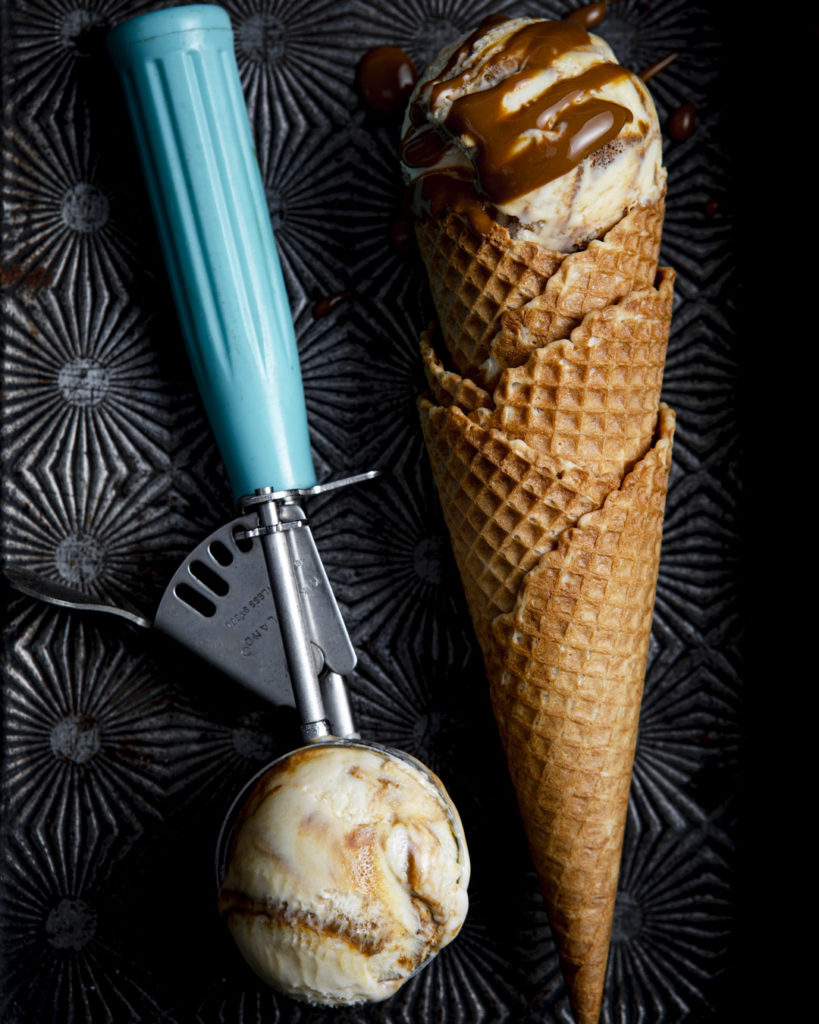
What is a RAW file?
A RAW file (also known as a digital negative) is an unprocessed image file containing all the unprocessed information from a digital camera sensor. The easiest way to think about it is this. When you’re cooking a recipe, you have all your RAW ingredients. These ingredients need to be prepared and cooked before you can eat them. In the same way, a RAW file has all the RAW information or RAW ingredients which then need to be processed before it can be shared with a client.
Because the camera does not make any edits or compress any information on a RAW file, the RAW image straight out of the camera looks very flat compared to a JPEG. This is why RAW files should be converted and edited before they can be used.
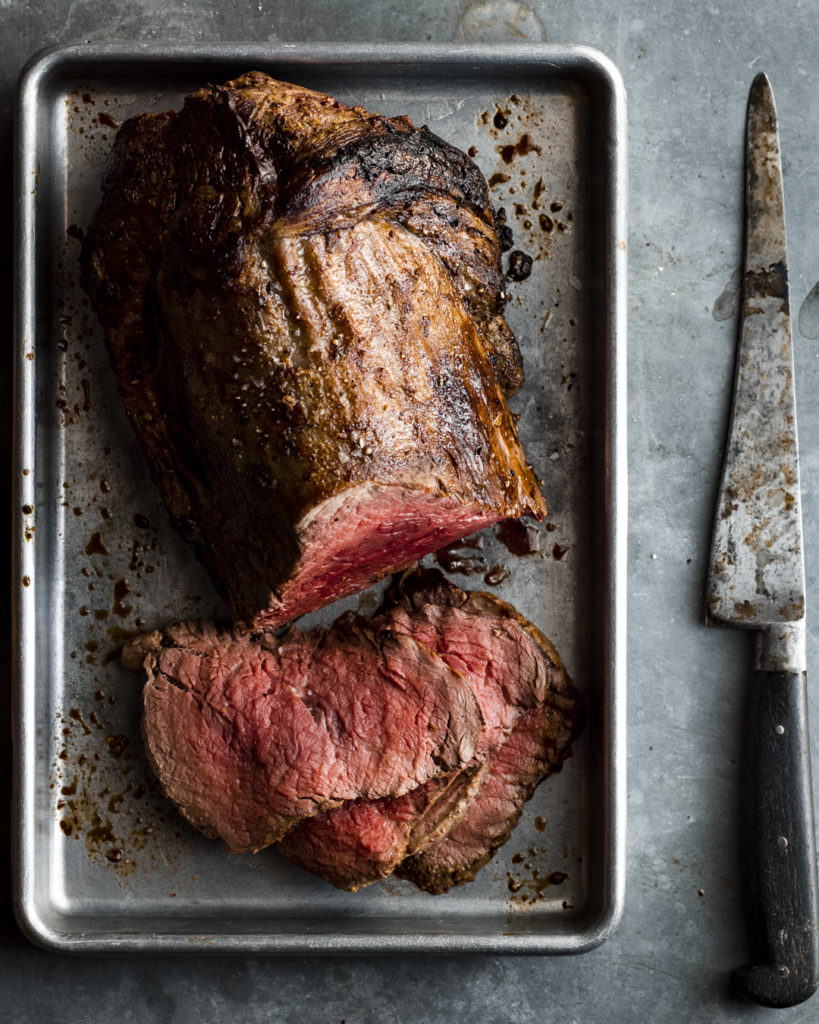
What is a JPEG file?
JPEG files are a popular image format where the camera applies a preset or an edit to the original image file in order to compress it to a smaller more manageable size. This has an impact on the overall quality and final size of the image. A JPEG file is also known as a lossy file since compression can lead to a permanent loss of data.
Advantages of RAW files
RAW files have more shades of color as compared to a JPEG. Since more colors are recorded, the final image has more color data that can be manipulated in post production. This also means the final image is more true to life.
The dynamic range of an image is the tonal difference between the lightest lights and the darkest darks of an image. A RAW image file has a higher dynamic range. So, what this means is, you can play around when it comes to exposure, highlights, brightness and shadows a lot more than you would do in a JPEG file without compromising quality in your photos. If your image is overexposed or too dark, you are able to recover this in post production and still end up with a good quality file.

One of the biggest advantages of RAW files is that when you make an edit to a RAW file, all the original data within the file isn’t compromised. Your editing software interprets the data and manipulates it without actually touching the original information. This is known as non-destructive editing and will make your final image of a better quality.
Tweaking white balance in post production is much more accurate with RAW files as you have more information retained within the original file. This means that you can play around with the white balance and make your food images look true to life, appetizing and natural.
Finally, RAW file can be considered as proof of ownership. In the digital age where JPEG images can be manipulated online, if you’re ever in a position where you need to prove copyright of an image, then having access to a RAW file will make this easy for you.
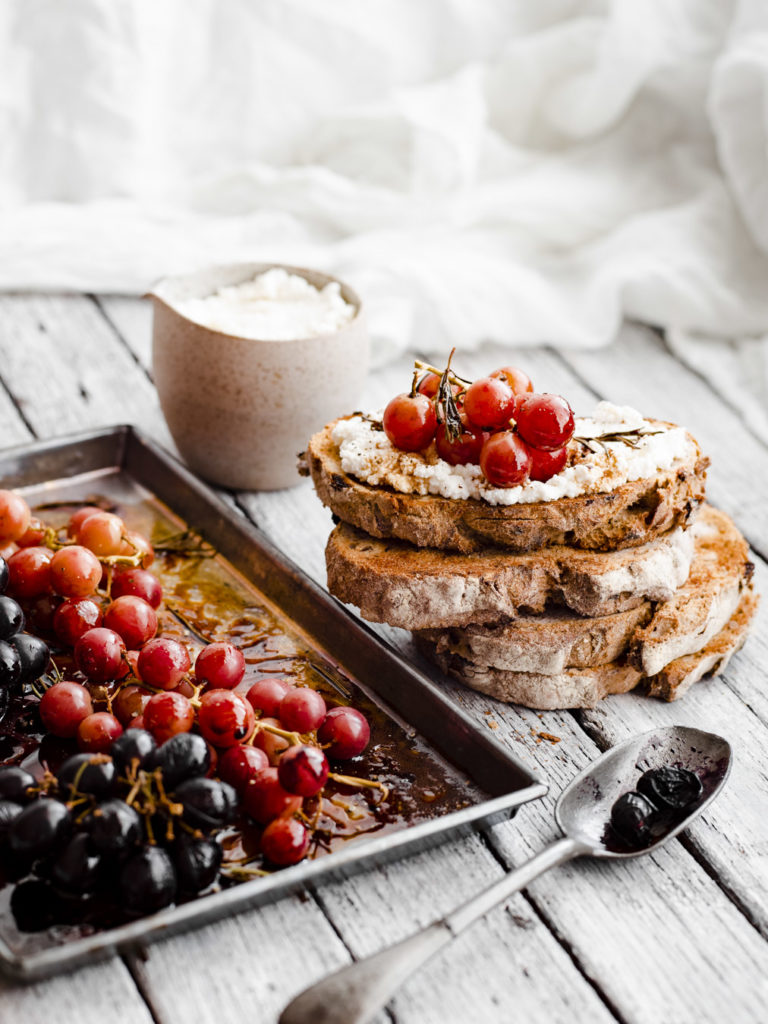
Disadvantages of RAW files
The only real disadvantage of a RAW file is its size. Because it contains so much uncompressed information, the file size is much larger. This means it takes up more space on an SD card as well as on a hard drive. You’ll find that you probably need an external hard drive to store RAW files from a shoot.
A RAW file always needs to be processed before it can be given to a client. Once you’ve edited a RAW file in a software such as Lightroom, the file is then converted either into a JPEG or a tiff. This can add time to your photography workflow.
Advantages of JPEG files
A JPEG file is already processed when it comes out of camera. This means that the camera software has applied an edit for white balance, contrast, sharpening, tone curve and color saturation. This often means that you don’t need to spend more time editing the image in post production as it’s ready to use and send to the client.
Since a JPEG file is compressed within camera, the size is much smaller and more manageable and therefore, it takes up a lot less space on your computer and other storage devices. Your camera will also work a lot faster and shoot at a faster speed when using JPEG files.
Disadvantages of JPEG files
As mentioned before, a JPEG file is also known as a lossy file. This means that when the camera applies any edits to the file, the file gets compressed and there is an irreversible loss of data. This is also the case when you apply any edits in post production. You can’t undo these edits as every edit that is applied results in the loss of data that is unrecoverable.
The loss of data means you have significant limits when it comes to the dynamic range of your image as well as any recovery potentials for over or under exposed images.
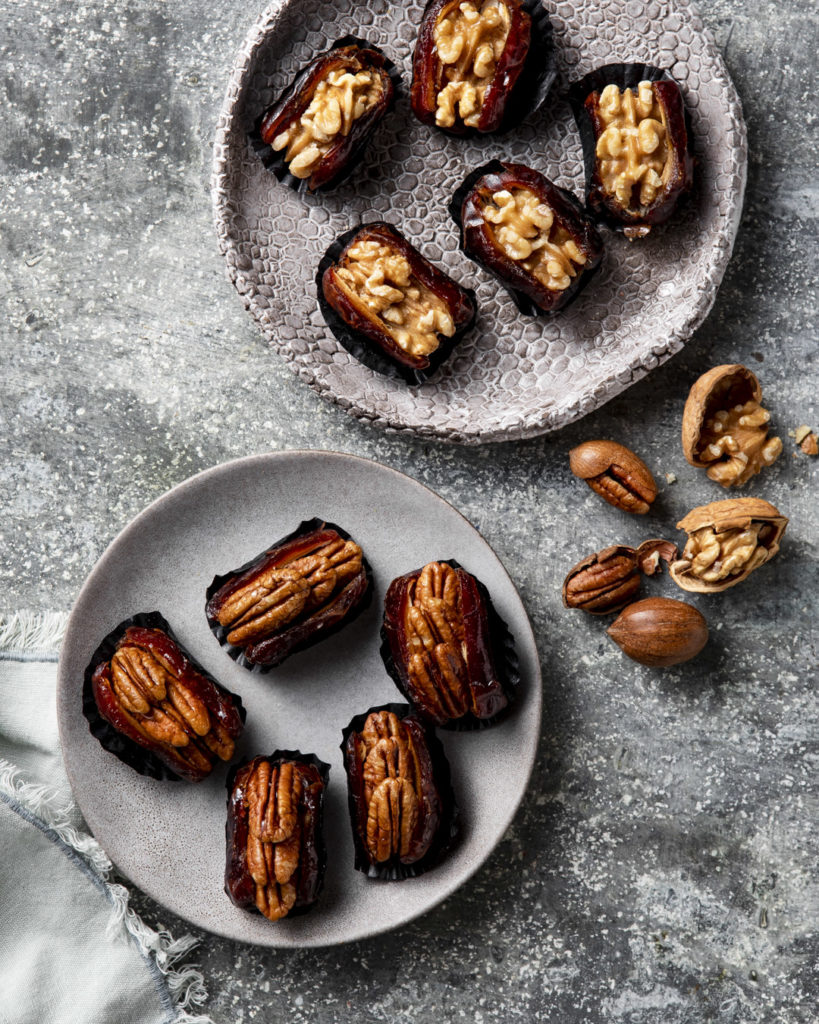
Should you use RAW or JPEG for food photography?
As a professional food photographer who’s been in the industry for more than 13 years, the advantages of shooting in RAW format far outweigh the advantages of using JPEG files. The two main disadvantages of RAW for file formats can easily be solved. Storage is cheap nowadays and having an extra hard drive to store the larger files is easy to set up. The fact that RAW files need to be edited and take extra time in post production can actually be thought of as an advantage in food photography because this is where you can add your creative stamp, flair and versatility to the final images. The huge dynamic range, extra color, finer control and adjustment potential makes it a no brainer that shooting in RAW format is the way forward for food photographers.


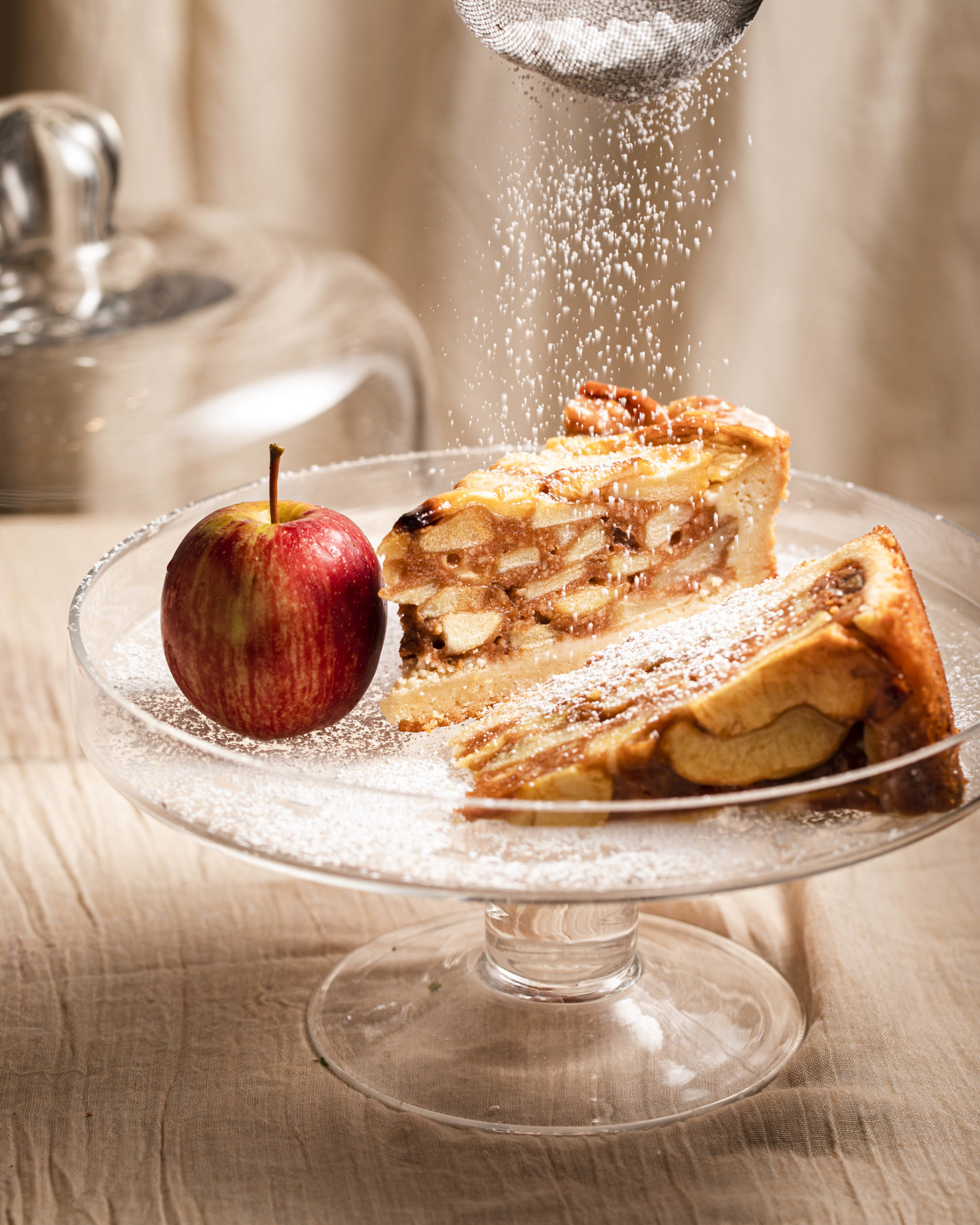
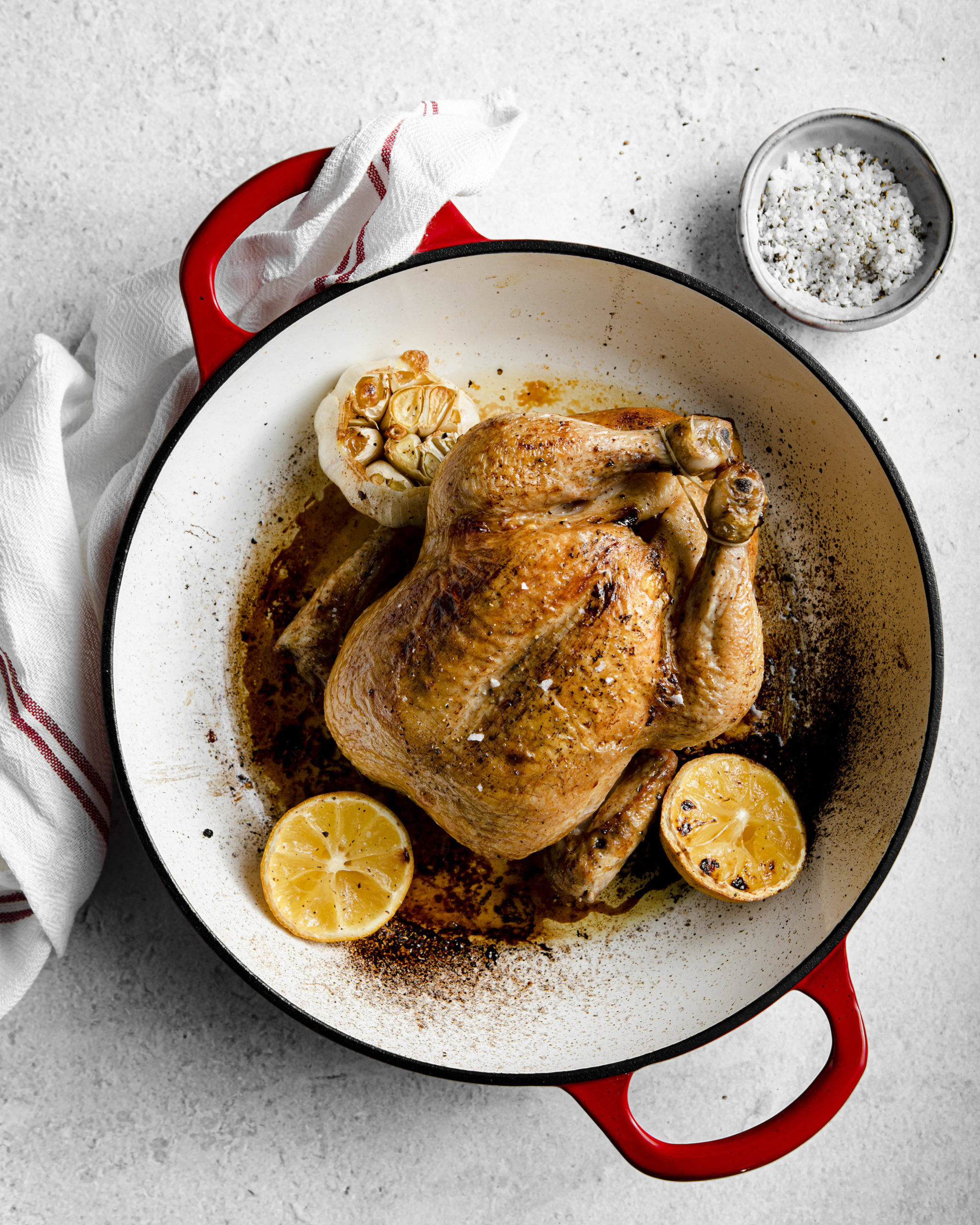
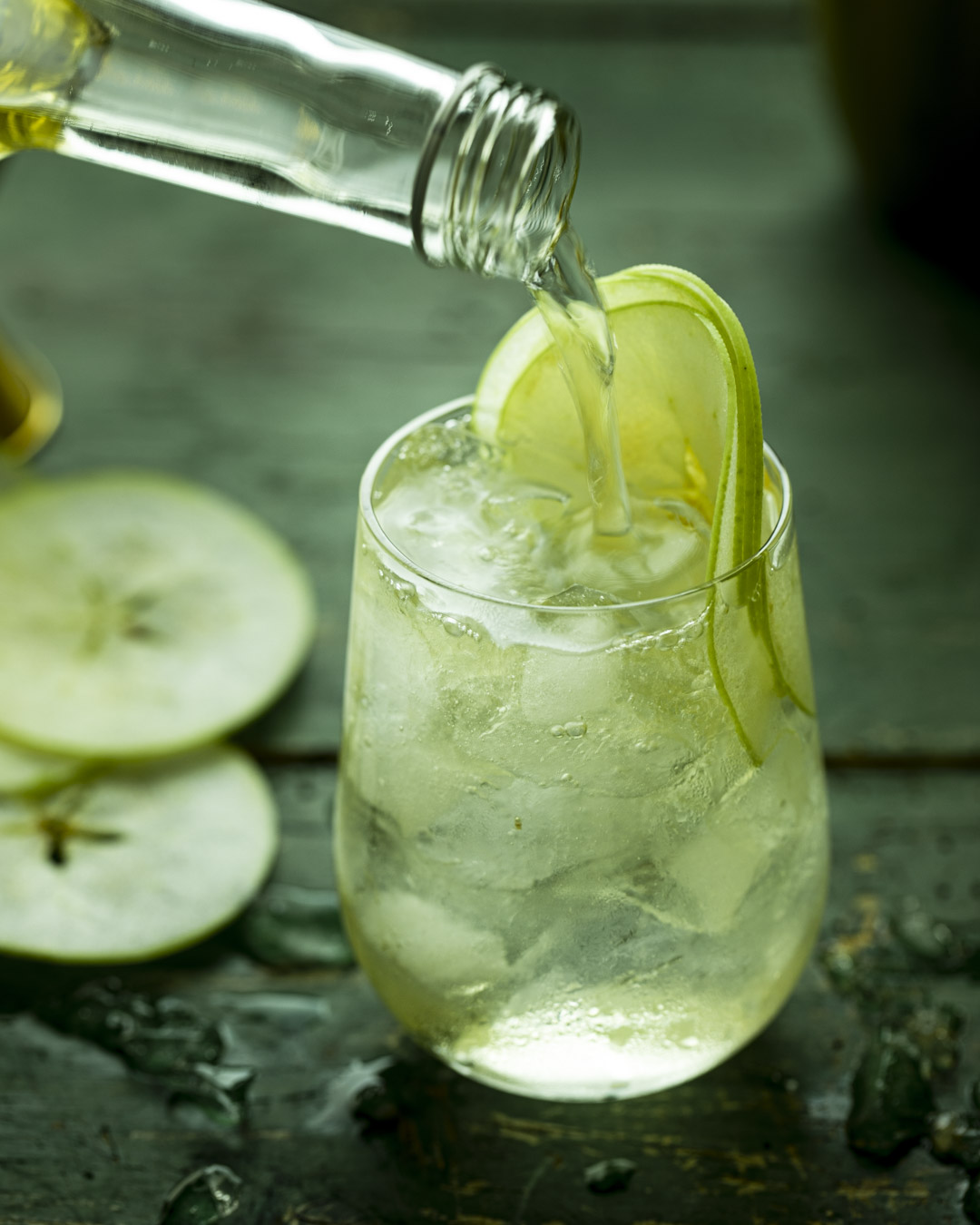
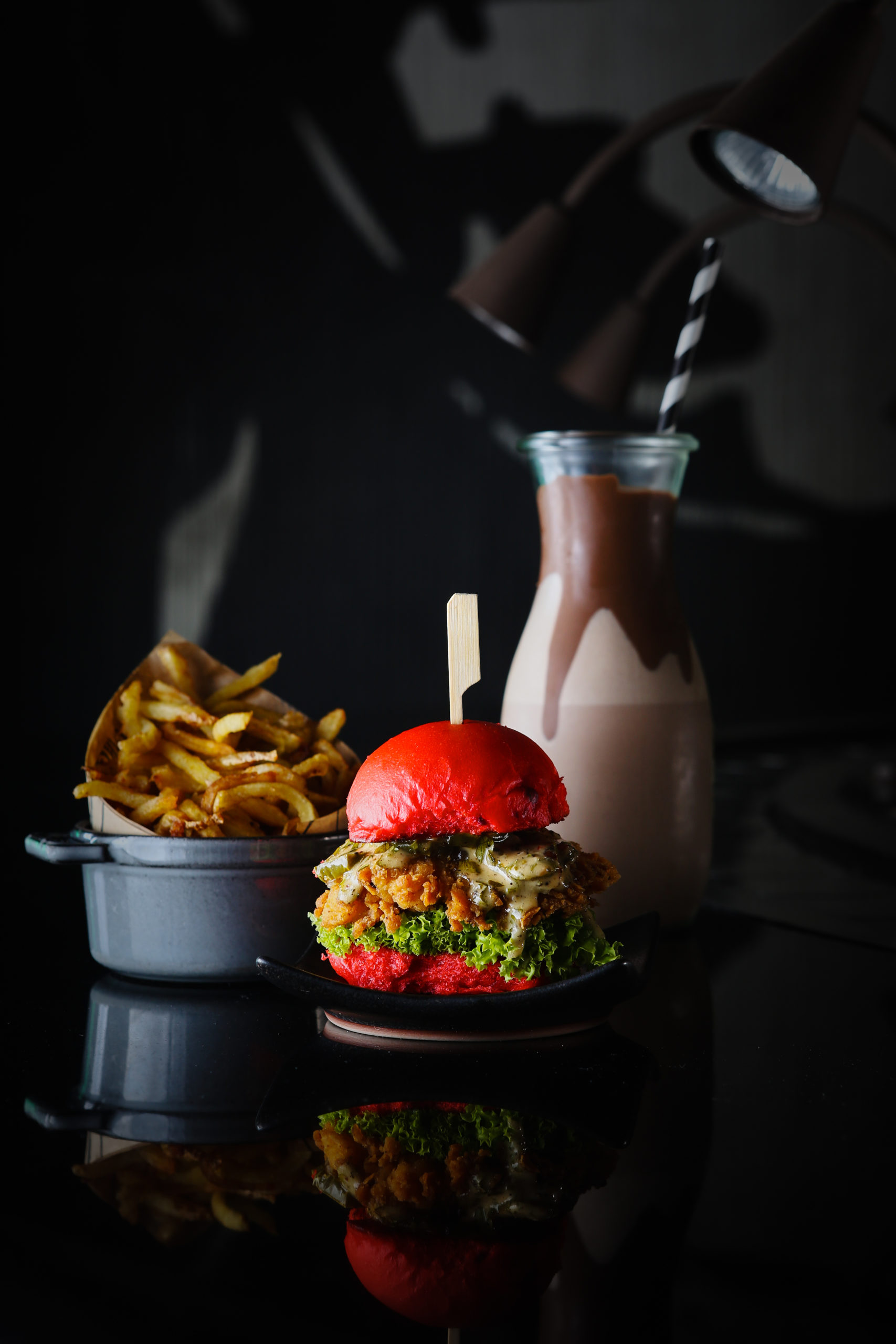
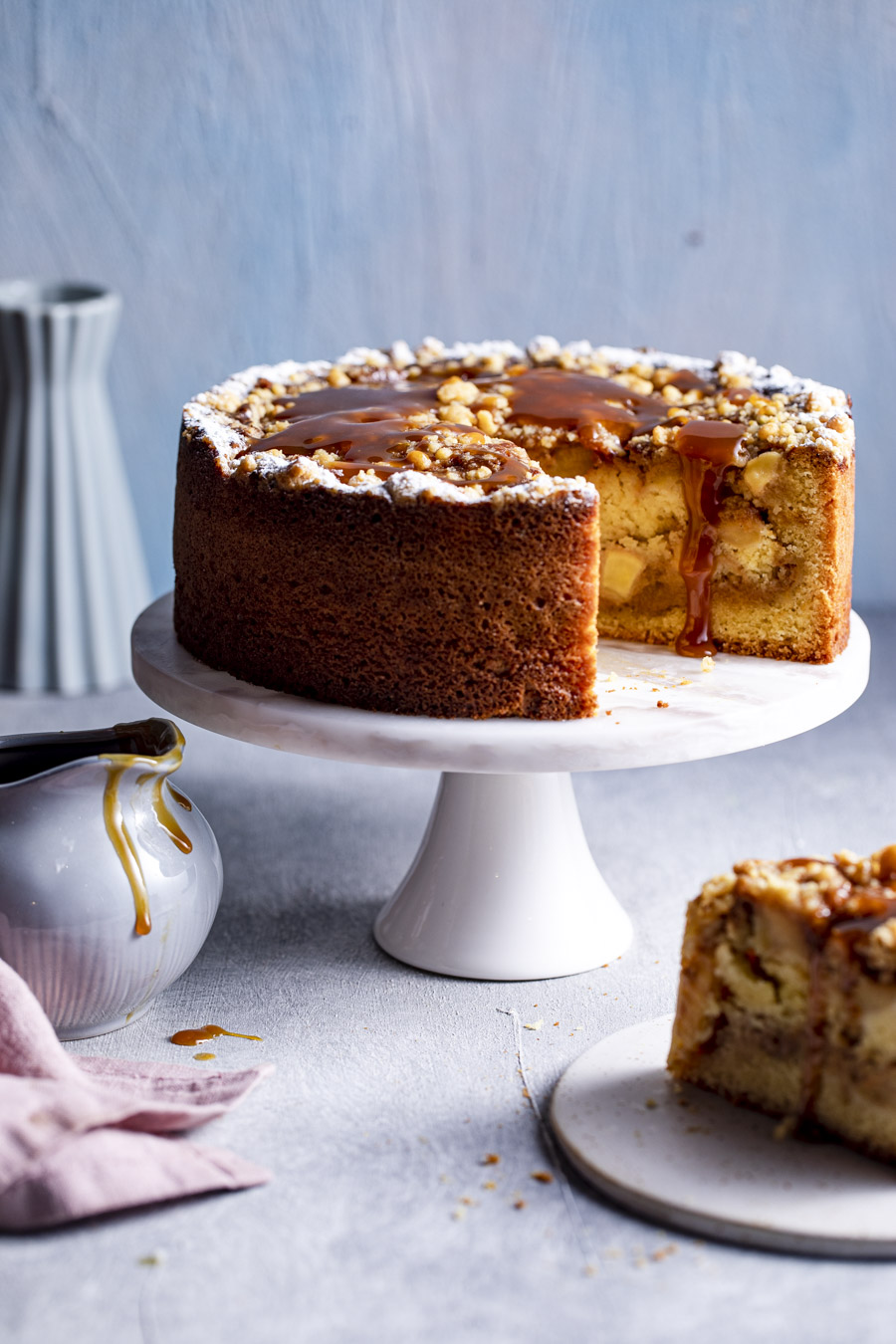
+ show Comments
- Hide Comments
add a comment